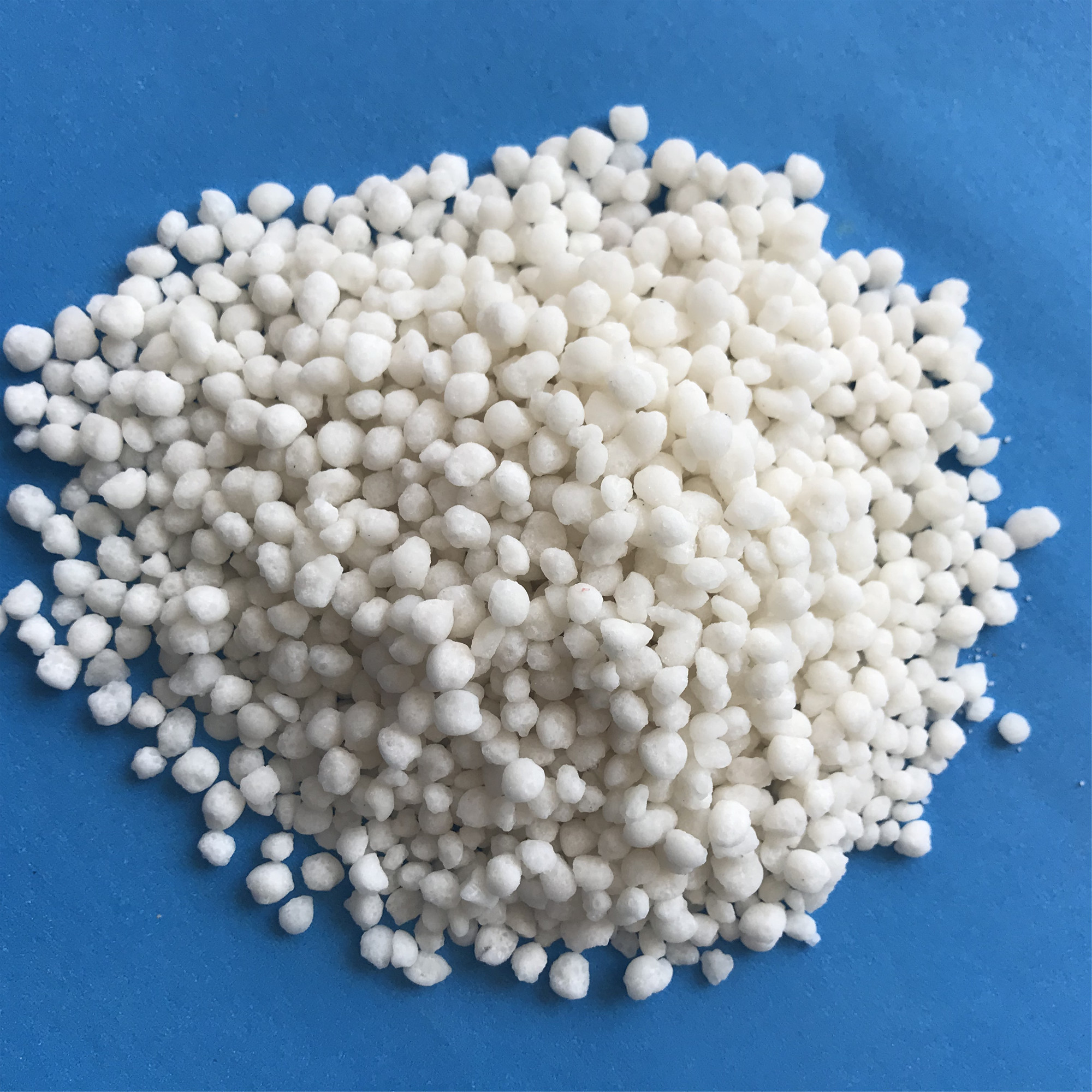



caustic soda and baking soda are same
The Misunderstanding Are Caustic Soda and Baking Soda the Same?
When it comes to household and industrial cleaning products, people often stumble upon terms like caustic soda and baking soda. These two substances are frequently confused due to their similar-sounding names. However, they serve different purposes and have distinct chemical properties. This article aims to clarify these differences and highlight the unique qualities of each compound.
Understanding the Basics Sodium Hydroxide vs. Sodium Bicarbonate
Caustic soda, scientifically known as sodium hydroxide (NaOH), is a highly alkaline substance. It appears as a white solid and is commonly found in various cleaning products, drain cleaners, and industrial applications. Its strong caustic nature allows it to dissolve organic materials, making it an effective agent for unclogging drainpipes and cleaning surfaces. However, this strength also means that caustic soda can be hazardous. Its corrosive properties can cause severe burns if it comes into direct contact with skin or eyes. For this reason, safety precautions are crucial when handling sodium hydroxide, including the use of gloves and protective eyewear.
On the other hand, baking soda, or sodium bicarbonate (NaHCO₃), is a much milder compound. It is often recognized as a common ingredient in baking and cooking, where it serves as a leavening agent. Baking soda releases carbon dioxide when it reacts with acids, causing dough to rise. Aside from its culinary uses, sodium bicarbonate is also a gentle cleaning agent, often utilized to deodorize fridges, clean surfaces, and neutralize acids. Its non-toxic nature makes it safe for handling in the kitchen, and it is even used as an antacid to relieve heartburn.
Chemical Properties and Applications
The differing chemical structures of sodium hydroxide and sodium bicarbonate result in varied applications. Sodium hydroxide is a strong base, with a pH level typically exceeding 13, while sodium bicarbonate has a pH of around 8.4, which makes it more neutral. This variance in acidity and alkalinity influences their reactions with other substances.
caustic soda and baking soda are same

For instance, when sodium hydroxide is mixed with water, it generates significant heat and produces a highly alkaline solution that can cause chemical burns. In contrast, when baking soda is dissolved in water, it creates a mildly alkaline solution that is safe to use for cleaning and cooking.
In industrial contexts, caustic soda is indispensable. It is employed in the manufacturing of paper, textiles, and soap and plays a vital role in water treatment processes. It effectively neutralizes acidic compounds, which is crucial in many industrial processes. Conversely, baking soda serves more as a household remedy and staple, valued for its safety and versatility in everyday applications.
Safety Considerations
When it comes to safety, clear distinctions must be made. Caustic soda's strong corrosive properties necessitate stringent safety measures. Exposure to sodium hydroxide can lead to serious injuries, and when handling, one must ensure proper ventilation, avoid direct contact, and be fully equipped with the appropriate personal protective equipment.
Baking soda, meanwhile, is safe to use and is often found in homes with children and pets. However, it’s still essential to use it appropriately, ensuring it is not consumed in excessive amounts in its raw form, especially for individuals with specific health conditions.
In Conclusion
In summary, while caustic soda and baking soda may share a common element—sodium—they are fundamentally different in composition, properties, and applications. Understanding these differences is crucial for safe and proper usage in both household and industrial contexts. Knowing when to use baking soda for gentle cleaning or cooking and when to deploy caustic soda for heavy-duty tasks can make a significant difference in effectiveness and safety. By recognizing their unique characteristics, you can make informed choices in your cleaning routines and cooking endeavors.
-
Why Sodium Persulfate Is Everywhere NowNewsJul.07,2025
-
Why Polyacrylamide Is in High DemandNewsJul.07,2025
-
Understanding Paint Chemicals and Their ApplicationsNewsJul.07,2025
-
Smart Use Of Mining ChemicalsNewsJul.07,2025
-
Practical Uses of Potassium MonopersulfateNewsJul.07,2025
-
Agrochemicals In Real FarmingNewsJul.07,2025
-
Sodium Chlorite Hot UsesNewsJul.01,2025










